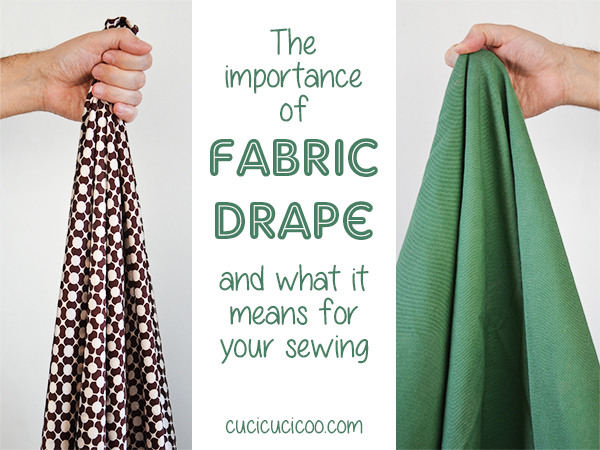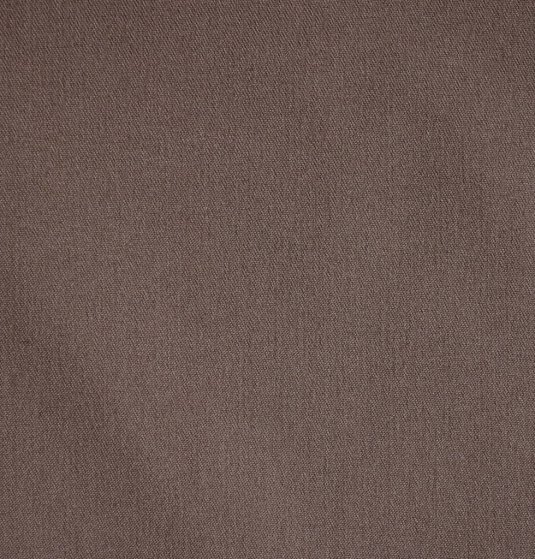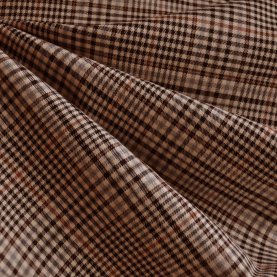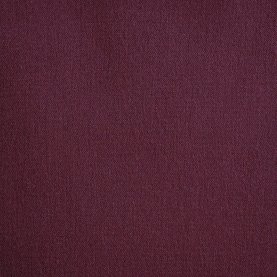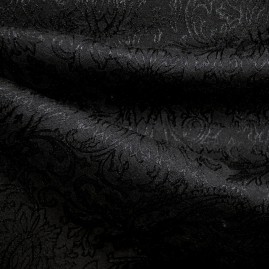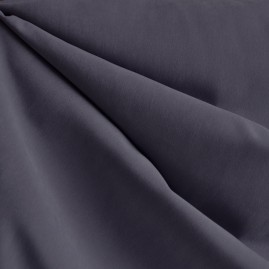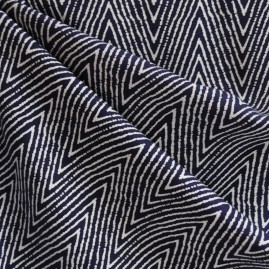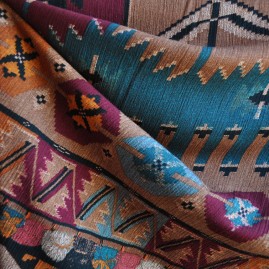Lazo Trouser Hacks: Fabric Choices
It was lots of fun yesterday to receive all of your emails, blog comments and Instagram comments about our Lazo Trousers release! As always, thank you so much for letting me know how excited you are to sew our patterns and also for asking all manner of questions before you delve in. Your questions are helping me to direct my upcoming posts about the Lazos…so keep them coming! Today I’m going to answer what is always the most pressing question when we launch a pattern: What fabric should I use?
The Lazos are a bit of a wild card when it comes to styling. Depending on your fabric choice they can appear dressy, casual, cozy, or even a touch rugged. Over the last few years I’ve sewn airy versions that are best for the hottest days of summer. This is my favourite summery version in tencel (I added a big statement bow to the waist). Of all my versions, I really cant beat these ones for comfort!
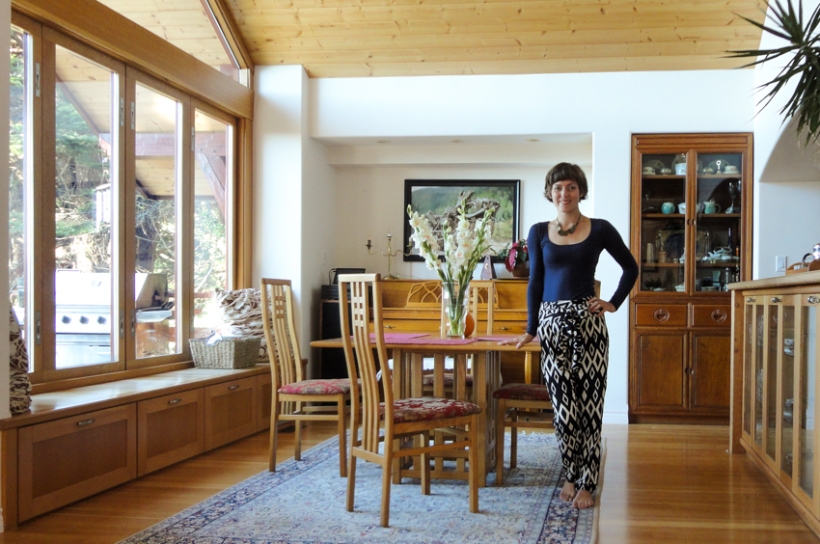
My sweatpant version was a close contender though! I hacked the Lazos while I was in school to create heather grey sweatpants with a satin ribbon draw string (that’s the only pair I’ve actually worn out…I guess that says something about my dressing habits!). A sweatpant hack will be on the blog in January as part of our Lazo Hack contest!
I’ve also created some active wear cropped Lazos that were intended for summer hiking using a poly twill. Photos of these will be on the blog soon (once Matt has had a chance to photograph me).
Lastly, of course, you can’t beat the classic ‘work’ trousers in a wool blend suiting:

Can you see what I mean about the pattern being a wild card?
So, when you ask what sort of fabric you should use…the answer is not a quick one! Let’s dig in:
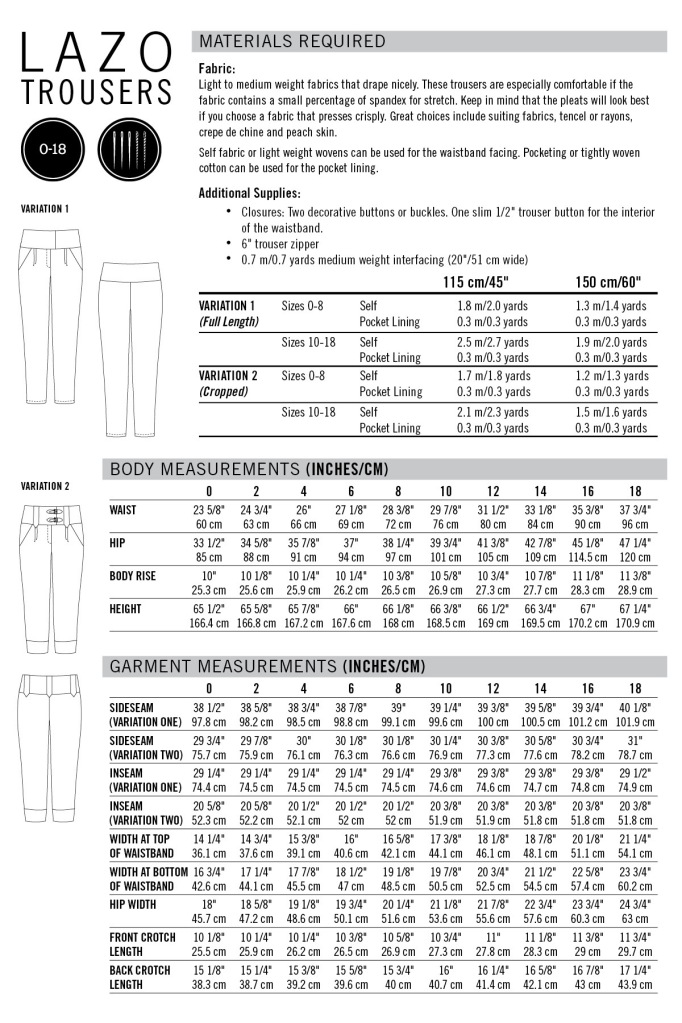
Within the instruction booklet I recommend the following:
Light to medium weight fabrics that drape nicely. These trousers are especially comfortable if the fabric contains a small percentage of spandex for stretch. Keep in mind that the pleats will look best if you choose a fabric that presses crisply. Great choices include suiting fabrics, tencel or rayons, crepe de chine and peach skin. Self fabric or light weight wovens can be used for the waistband facing. Pocketing or tightly woven cotton can be used for the pocket lining.
The main information to take from this paragraph is the recommended weight, drape, stretch, and pressing ease of the fabric. I’ll elaborate on these criteria without actually naming any types of fabric. That way you can get a deeper understanding of what properties you are looking for. If you’re excited to get shopping and just want some actual fabric options, scroll down to find them near the end of this post!
Weight
Most trouser patterns call for mid to heavy weight fabrics but the Lazo Trousers do not. If anything, I recommend choosing something on the lighter side! The reason I recommend light to medium weight fabrics is because there is a considerable amount of fabric situated across the belly and thighs – there are pockets, pleats, and an overlapping wide waistband all in one small area! Using a lighter weight fabric, regardless of its ability to press or drape, will help to ensure that the Lazos do not look bulky across the lower tummy and upper thighs. A light to medium weight fabric is more likely to sit close to the skin softly rather than fold and buckle rigidly. Lastly, a light weight fabric matches the look and feel of a super comfortable full gathered maxi skirt that was my inspiration for this design.
If you want to experiment and choose a heavier weight fabric, make sure that it drapes very nicely – it will work best if it is loosely woven and soft. This raw silk version of the Lazos is the thickest fabric I have used but it is very light and soft because it is loosely woven. The waistband is fairly bulky and, I think, looks best with an un-tucked shirt as a result.

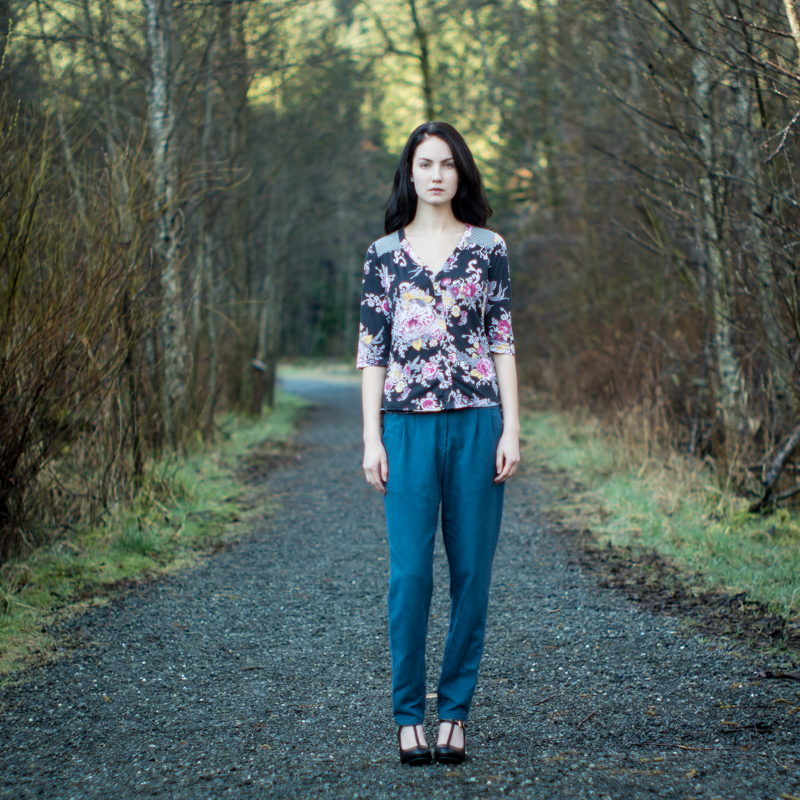
Drape
In my opinion, soft drape (sometimes called ‘good drape’) is the most important criteria for the Lazo Trousers. As my instructor always said in design school, drape is a deceivingly tricky thing to quantify and understand. Essentially, drape is the way a fabric hangs on the body. There is a very informative blog post about drape on the blog “Cucicucicoo”. Lisa has included an excellent selection of pictures showing ‘good’ drape fabrics vs. “low” drape fabrics. Here is an example from her post:
I think the Lazos look consistently best, regardless of fabric type, when the fabric wants to form itself to the body’s shape and fall fluidly towards the ground. Choosing a fabric with soft drape will encourage the pleats to sit closely against the legs, ensure the waistband looks smooth and perfectly formed to the curve of the waist, and allow the legs to remain smooth and crease-free.
If you are feeling like experimenting, I would love for you to prove me wrong about drape! The only Lazos I have sewn with a stiff, rigid fabric are the cotton muslin samples that I sewed while developing the pattern! I imagined the design to be soft and fluid so I was never inclined to sew structured trousers. If you end up sewing with a stiffer fabric, be prepared to accept some wrinkles after sitting and a bit of volume from the pleats (this isn’t necessarily a bad thing depending on the look you are going for! Maybe your going for the chic 1920’s look featuring voluminous jodhpurs?).
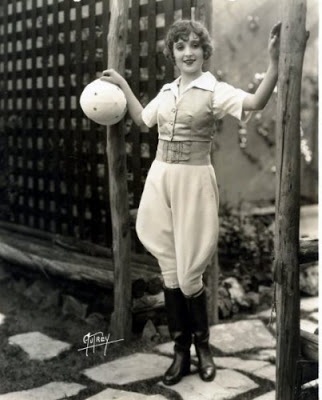
(Source: The Maryland Historical Society)
Stretch
The Lazo Trousers are designed for fabrics with no stretch but that doesn’t mean you need to avoid stretchy fabrics! Sew them in a fabric with a little bit or spandex or even in a very stable knit! Many suiting fabrics and bottom weight fabrics contain about 6% spandex these days – these would result in a very comfortable pair of Lazos! The waistband is very closely fitted so you will not need to size down to accommodate for stretch.
With some modifications to the pattern, a stable ponte de roma or sweatshirt fleece make for creat Lazos (the sweatpant hack I was mentioning). Don’t try to sew the waistband as drafted (without my upcoming mods) in a knit fabric though – there wouldn’t be enough structure for the centre front overlap to look nice and crisp. You could try sewing a woven waistband and cotton legs though! Oooh, that would be comfortable!
Press Crisply
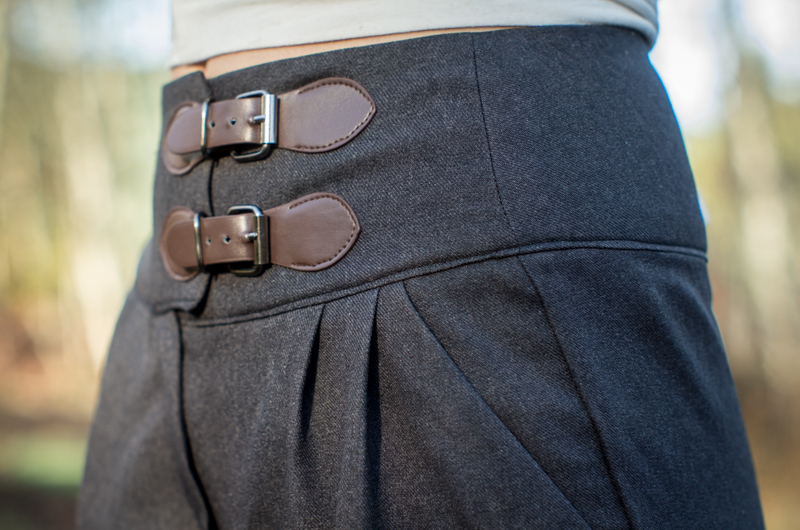
I encourage you to choose a fabric that presses nicely so that your pleats look crisp and professional. At the same time, you will probably want to avoid fabrics that wrinkle exceptionally quickly since the loose legs may become creased when you sit down. Some gentle creasing (just as you will notice on most wide leg trousers) is just fine…but you don’t want to choose fabrics that crease at the slightest provocation. Test a fabric by bunching it up in your fist and letting it warm in your closed hand. Release the bunch and examine it to see if it falls flat or if it remains a crumpled ball. If the fabric does not remain entirely smooth but only has light creasing, it will still work for the Lazos!
Now that you’ve read my reasoning, here are my top fabric picks for the Lazos.
Tencel
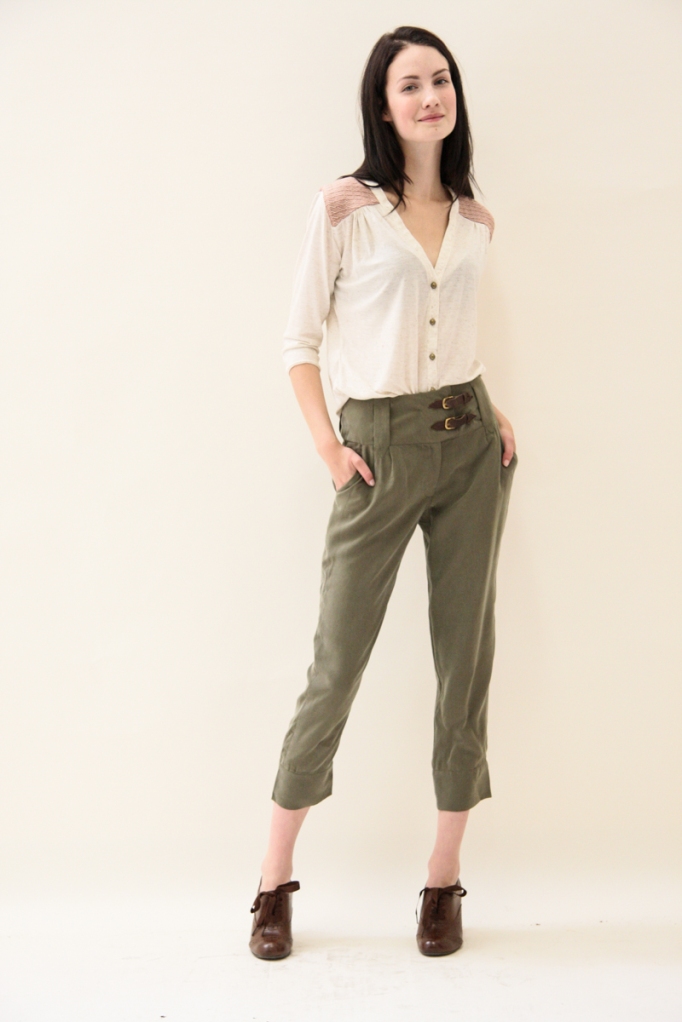
I cannot recommend Tencel enough for the Lazos. Indeed, I designed the Lazos with this specific moss green fabric already purchased and sitting happily in my fabric stash (it was fueling my imagination!). My favourite source for Tencel is Blackbird Fabrics, an online fabric shop based out of Vancouver. Caroline currently has two weights stocked in her shop – both would be excellent choices for the Lazo. The above green version is similar to her lighter weight option (though I purchased the green fabric from a shop near my school years ago).
Here is a navy blue Tencel that she currently has in stock:

She describes this as a twill with a unique brushed surface and suede like texture. It has very good drape and just enough body to hide bumps that you don’t want to show.

I have just finished sewing myself a pair of Christmas Lazos in Blackbird Fabric’s slightly heavier tencel twill. They are dreamy! The twill weave is a bit more pronounced with this fabric. I look forward to showing my Christmas outfit to you in a future post!
There are quite a few beautiful colors (in both weights) within the Blackbird Fabrics online shop. I am tempted by the camel color for my next pair!
Suiting
If you plan to sew the Lazos in a suiting material, be aware that there are MANY suiting fabric styles with all manner of properties. Not all of them will work well! Make sure to choose a light weight suiting that drapes well. To give you an idea of what I mean: It should be thin enough and soft enough that you would need to add a LOT of interfacing and structure if you were to use it for a blazer. Stylemaker Fabrics (an online shop based in the US) is an excellent online source for beautiful yet affordable suitings. Here are my top 3 picks!
Pick one is a solid brown stretch suiting featuring polyester, rayon and lycra. The polyester would make this fabric hard wearing, the rayon would allow the fabric to drape softly, and the lycra would make for a super comfortable waistband! The brown is a nice versatile colour. The other solid is a rayon and lycra stretch twill in wine. The rich colour paired with the beautiful drape of rayon would make for a very dressy pair of trousers. My third pick is this statement Shepherd’s Check! It features polyester and rayon (so there is no stretch).
I had actually purchased this fabric to make a pair of Lazos inspired by English riding attire but it got swallowed in my fabric stash and I just recently unearthed it to create a vest for Matt (the first sample of a future menswear pattern!)! If I wasn’t told that it has no wool in it, I would never believe it! It feels luxurious and high quality.

I have a bit of (likely) unwanted advice for you…You may have noticed that I have not featured any wool suitings. I am a huge wool enthusiast so, if you are too and can source lovely light weight wools, please go ahead and cut into your bounty to create some Lazos! Before you go crazy trying to find the right wool (I have a hard time sourcing nice light wools), consider this: If you like your clothes to wear well without much special treatment, choose a polyester blend suiting. I know many sewists steer clear of poly blends in favour of pure wool, but this is a situation where a bit of polyester will be very beneficial! A wool or rayon and poly blend is a good choice for trousers because it withstands abrasion and remains looking new (without special care) for longer than pure wool. Even more important for the Lazos: Wool/poly blends generally drape better than pure wool suiting materials. An added bonus is that blended suitings are generally very easy to source and are quite affordable!
Bottom Weight Fabrics with Texture
My last fabric category to discuss today is a grab bag…really this category is just a mish mash of all my crazy ideas to help you ignite ideas of your own. I have found that the Lazo Trousers are a great canvas for light weight fabrics with unusual textures! As long as you can ensure the fabric has the weight and drape we have discussed, why not try rich velvet, adventurous faux suede, airy rayon crepe or matte peachskin?
All fabrics from Stylemaker. Top to Bottom, Left to Right: Faux Suede, Jacquard, Peachskin, Metallic Rayon Crepe, Chevron Rayon Crepe, Bold Rayon Crepe, Cranberry Stretch Velvet
These options are untested by me but I think, based on my experimenting over the last few years, they could be stunners! The rayon crepes would create summery Lazos similar to my Tencel versions. The Faux Suede would definitely create that safari look that I mentioned! I purchased the black Jacquard to make myself a pair of Lazos…it remains languishing in my stash but it will emerge one day! It has the lowest drape of all these choices and would definitely create voluminous pleats. I think this would result in a great silhouette for New Year’s parties! Last, but certainly not least, the stretch velvet is beckoning to me…how about you? Of course, the pleats would not press well and working with velvet would require some careful forethought…I think I would convert the double pleats to one large pleat on each side of the fly and leave the folds unpressed so as not to crush the velvet. I would also add a lot of interfacing to the waistband and cut the waistband facing from a thin cotton to add structure.
I hope I have your creative juices flowing! Send me a link or a photo of the fabric you are considering and I will give you my opinion :).
Next week I will be sharing my inspiration and styling photos on the blog. That should be a fun post!
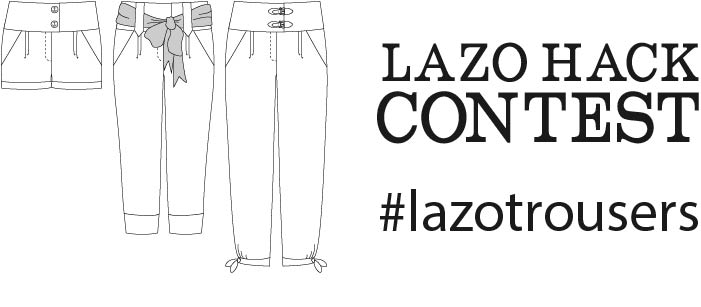
To close for tonight, I want to remind you of the Lazo Hack contest! It will run the rest of December and all of January. I had intended to explain it further in this blog post but this has become rather long…stay tuned for a small post of it’s own next week.

